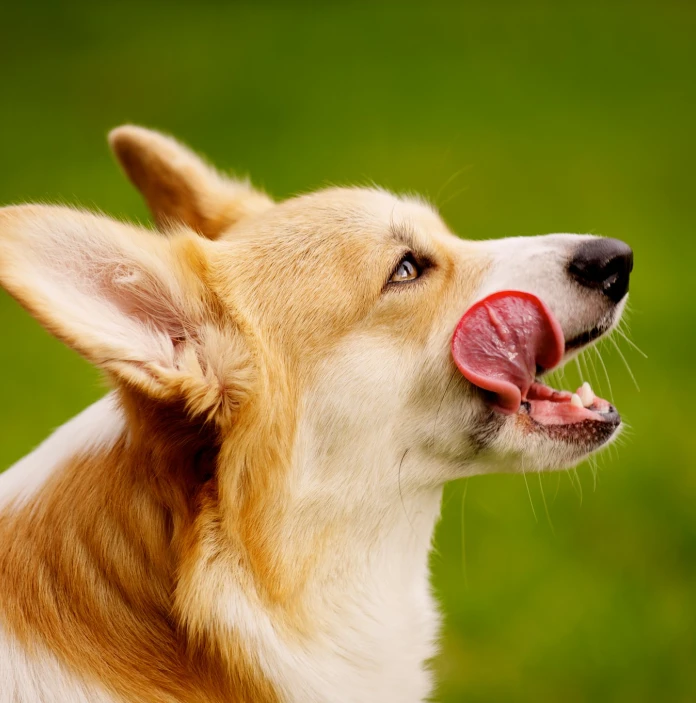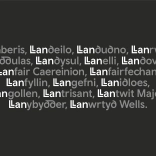With their small frame, fluffy coats and fox-like ears, corgis are undoubtedly the most recognisable of our native Welsh dog breeds.
Today the dogs may be widely known, thanks, in no small part, to their connection with the British monarch Queen Elizabeth II, but their origins are far humbler, owing their existence to a small circle of Welsh farmers who fought for their recognition. Here’s the story of how this brilliant breed became Wales’ most famous dog.
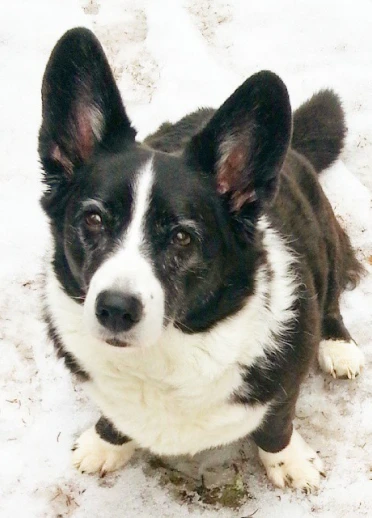
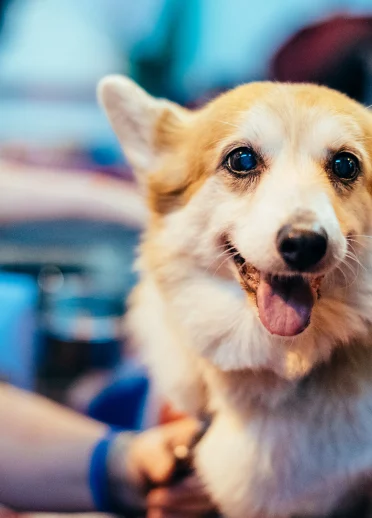
Hard working beginnings
Though the modern image of a corgi is that of a thoroughly pampered pooch, these little dogs were originally prized for their hardiness, being able to withstand long, cold days working outside on the farmsteads of West Wales.
Nobody is certain where the corgi breed originated, but many believe their primary ancestor to be the Swedish vallhund, a tough, ancient Scandinavian breed that shares many physical similarities with modern-day corgis. The dog is thought to have been introduced to Wales by the Vikings during their numerous raids of Britain, beginning in the 8th century. Others claim an influence from the deutsche bracke (German Hound) brought to Wales from Central Europe.
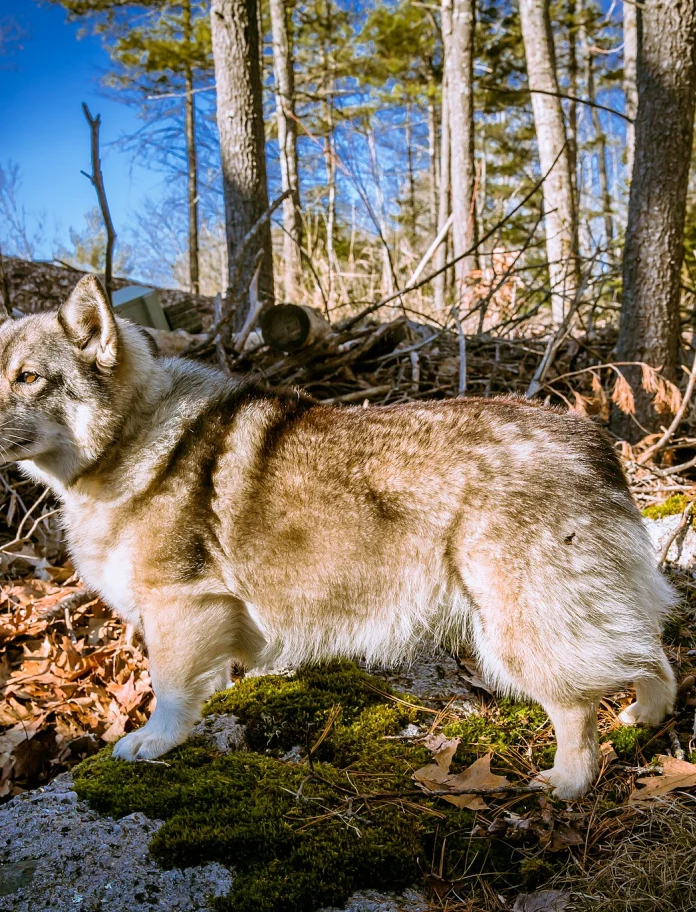
Welsh farmers prized the dogs for their intelligence and skills as cattle herders. The name, corgi is thought to stem from a variation on the Welsh, Ci Corrach (Dwarf Dog), in reference to their diminutive size. It was this short stature that allowed the dogs to herd livestock by nipping at their heels, while ducking wayward kicks from irritated members of the herd. Once successfully herded, the dogs would also guard the cattle at night.
In fact, the dogs were so industrious that in his biography of the breed, author Charles Lister-Kaye quipped that corgis did ‘everything on the farm but wait on tables’.
Two of a kind
Such affection grew amongst the West Wales farming community for their hard-working little dogs that a dedicated appreciation group, the Welsh Corgi Club, was formed in a local pub in 1925. The group’s aim was to safeguard the breed and promote it to the wider world in national dog shows.
However, there was a problem. There had always been two subtly distinctive variations of Welsh corgi, the Pembroke and the Cardigan, named after the respective coastal Welsh counties – Pembrokeshire and Cardiganshire (now Ceredigion) – each dog was bred in. But when it came to show time, nobody could agree which set of traits were the most desirable.
Pembroke breeders preferred the smaller frame and rectangular shaping of their dogs, while Cardigan breeders favoured the more rounded ears and longer tails of theirs. As such, early contests were fraught with argument.
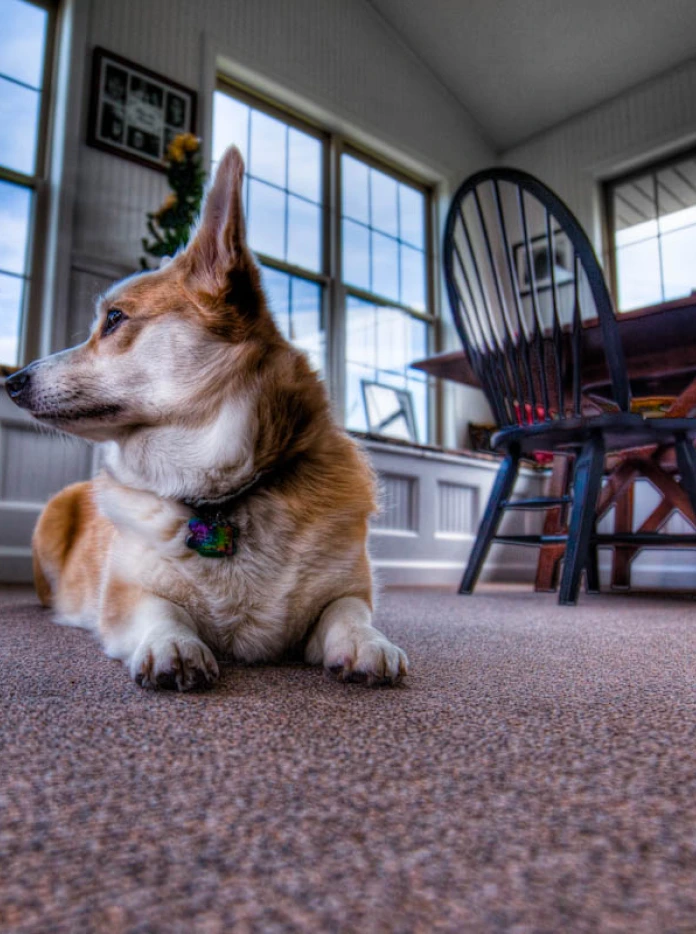
Thankfully, this squabbling was put to an end in 1934 when the British Kennel Club granted separate breed status to both Pembrokes and Cardigans, and soon corgis of both varieties began picking up rosettes in shows around the UK.
It was also around this time that corgis made the jump to the USA. During a visit to London in 1933, American dog breeder, Mrs Lewis Roesler, spotted a Pembroke corgi at Paddington Station. Enamoured, she offered to buy the dog right there and then. The owner agreed, and Little Madam, as she was named, became the first registered corgi with the American Kennel Club, kickstarting a stateside love affair with the breed that continues to this day.
Royal patronage
Though the efforts of enthusiasts grew awareness of Pembroke and Cardigan corgis throughout the early 20th century, nothing did more to propel the dog into the international spotlight than the British monarch, Queen Elizabeth II.
The former Queen, who passed away in 2022, fell in love with Corgis at a young age, and was gifted a Pembroke on her 18th birthday by her father, King George VI, which she named Susan. Three years later, during Elizabeth’s wedding to the Duke of Edinburgh, Susan was reputedly hidden away in her wedding carriage so the dog could be a part of the big day – even accompanying the royal couple on their honeymoon.
From Susan, Elizabeth bred dozens of corgis throughout her life, as well as dachshund-crosses, known as "dorgis". The dogs were beloved pets and said to live a life of luxury, sleeping in pillow-lined wicker baskets in their own dedicated room of the palace – with meals, including fresh rabbit, prepared by the Royal kitchen staff.
Due to the constant presence of corgis at Elizabeth’s side throughout her reign, the breed has become a symbol of the modern British royal family, appearing on coins, featuring in statues, and adorning mountains of souvenir mugs.
The royal corgis have also become the subject of a number of books and films, as well as making a star turn, alongside Daniel Craig as James Bond, in a notable sketch that featured as part of the opening ceremony of the London 2012 Summer Olympics.
The breed today
There’s no doubting Queen Elizabeth II’s impact on the popularity of the breed, with new puppy registrations jumping by 56 per cent in the year Elizabeth was gifted her first corgi. It is perhaps fitting then, that in 2022, the year that marked the monarch’s Platinum Jubilee, Kennel Club registrations of Pembroke corgis rose to a thirty year high.
Sadly the same can’t be said for the Cardigan corgi, which remains on the Kennel Club’s list of vulnerable native breeds, meaning the dog is in danger of disappearing from the British Isles.
However, optimism for the future of both breeds has arrived from a very modern source. In recent years, a number of Corgis have lit up the world of social media, with superstar canines like Maxine, Ralph, Tofu and brothers Geordi and Scotty pulling in nearly two million followers between them.
It’s hoped this exposure of the breed online, along with a lingering association with the British royal family, will help endear corgis to a new generation of animal lovers, ensuring the Ci Corrach remains Wales’ top dog.
